Since we have the only know remaining example of the Atlantic Research Iris sounding rocket outdoors locally at the Goddard Space Flight Center in Greenbelt, Maryland. This model is particularly special to me.
It was a couple years ago now that Per Karlsson (Balltip of TRF) did a wonderful build thread on his all Scratch built model using most of the dimensions I took from the above mentioned full size vehicle.
He also did a very Nifty T2+ minimum Diameter (1:44.7 Scale) paper wrap and fin micro model page. It's a wonderful flying model I enjoy flying often.
Post copied with permission
It was a couple years ago now that Per Karlsson (Balltip of TRF) did a wonderful build thread on his all Scratch built model using most of the dimensions I took from the above mentioned full size vehicle.
He also did a very Nifty T2+ minimum Diameter (1:44.7 Scale) paper wrap and fin micro model page. It's a wonderful flying model I enjoy flying often.
Post copied with permission
Attachments
Last edited by a moderator:










![IRIS-sm[1].jpg IRIS-sm[1].jpg](https://cdn.imagearchive.com/rocketryforum/data/attachments/53/53224-086beec224faafc4af972c1472a4bdc6.jpg)






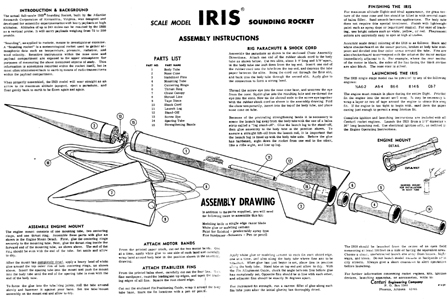


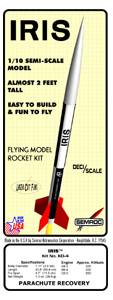
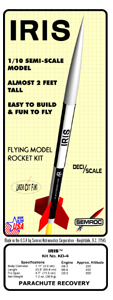


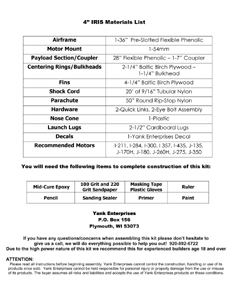

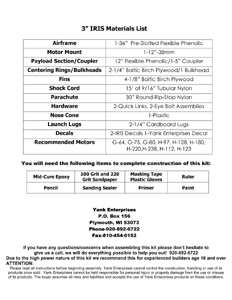

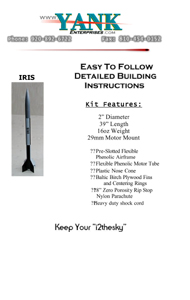
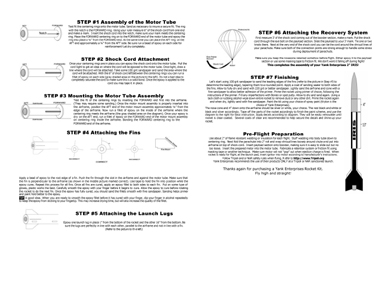

-2013%20web%20performance.jpg)









